Visit 10 sites that preserve the rich history of Indigenous peoples
A drive through Washington reveals diverse landscapes and waterways of rare and breathtaking splendor. Since time immemorial, tribes of this region have stewarded and cherished these places and all the species that inhabit them.
November is recognized as Native American Heritage Month, a time to celebrate the culture and contributions of Indigenous peoples. An excellent way to learn about the history and ways of the region’s tribes is to visit tribal museums and heritage centers. Here are 10 Native American Heritage Centers that are well worth visiting.
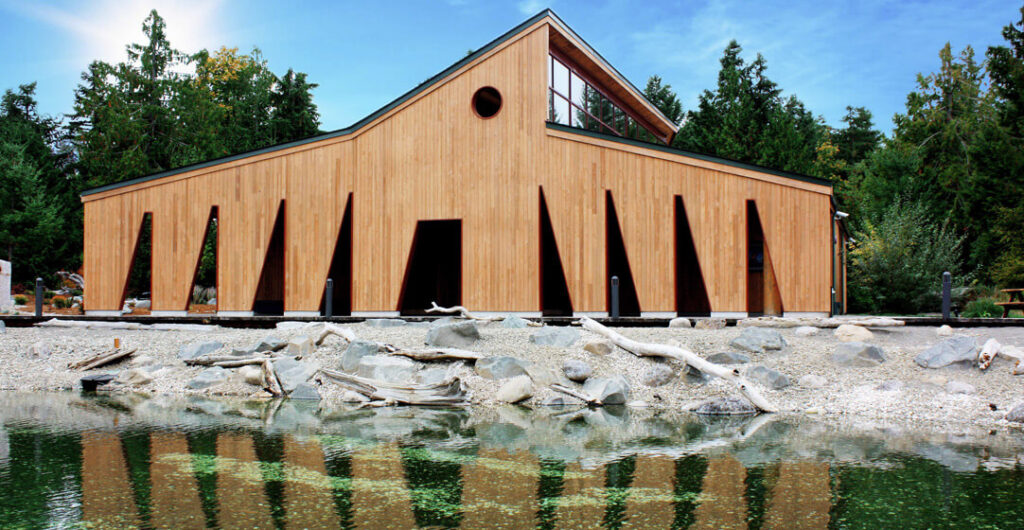
Squaxin Island Museum, Library and Research Center
About 15 miles northwest of Olympia off U.S. Highway 101, you’ll find the Squaxin Island Museum, Library and Research Center. As you approach the building, one of the first things you may notice is the unique façade designed in the shape of a thunderbird. A powerful figure in Squaxin Island lore, the thunderbird has been depicted in ancient petroglyphs and inspires the beautiful design that greets museum visitors.
Inside, you’ll find tribal stories, weaving and basketry. One highlight is the “Hall of the Seven Inlets,” which consists of seven large wall panels that link a specific Puget Sound inlet to a legend with photographs, art and information. One panel, for example, tells the story of the great flood as told by tribal elder Jim Krise.
Suquamish Museum
Across Puget Sound just north of Bainbridge Island, the Port Madison Indian Reservation is home to the Suquamish Tribe, who’ve had a primary settlement here for at least 10,000 years. The Suquamish Museum honors their history and celebrates their cultural resurgence through art, language, foodways and other cultural activities.
A large collection of Suquamish artifacts, manuscripts and images is housed in a 9,000-square-foot facility opened in 2012. The museum’s 3,000 square feet of gallery space features numerous artifacts, including projectile points and blades, masks, delicate figurines and life-sized carvings, including a group carrying a canoe.
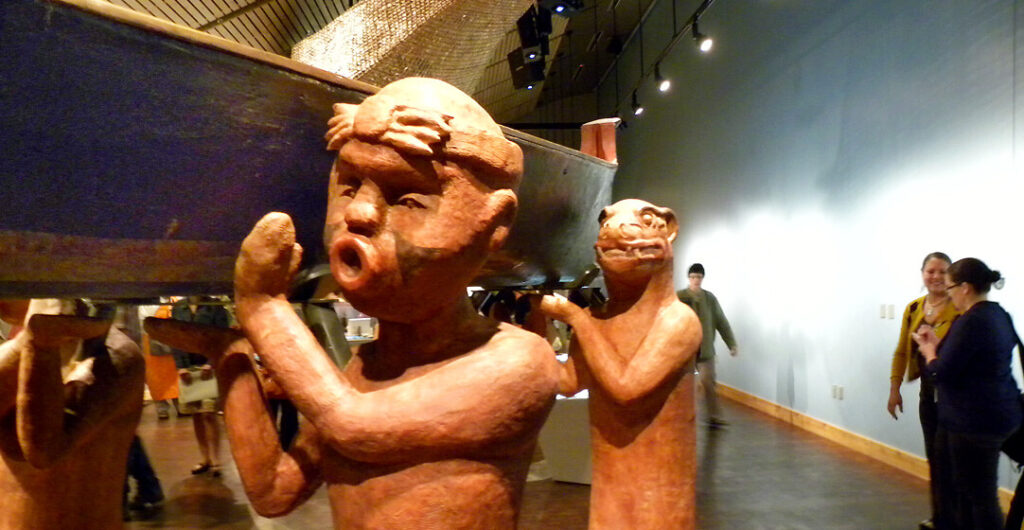
Learn about the Treaty of Point Elliott between the Puget Sound tribes and the U.S. government; the 19th century Suquamish and Duwamish tribal leader Chief Seattle; canoe culture; the 1974 Boldt Decision that affirmed native fishing rights and broader tribal sovereignty; the great longhouse known as Old Man House; and much more. A Suquamish Community Walking & Trails Map is available upon entry. Pick up a copy and continue your visit with a walk through the 42-acre Cowling Creek Forest Preserve or enjoy a picnic in Angeline Park.
Jamestown S’Klallam Art Gallery
At the head of Sequim Bay lies Blyn, the tribal campus of the Jamestown S’Klallam who have inhabited this area for thousands of years. One not-to-miss stop is the Jamestown S’Klallam Art Gallery, which sells hand-crafted tribal baskets, jewelry, masks, bentwood boxes, prints and more. This is also your opportunity to support Indigenous artists in compliance with the Indian Arts and Crafts Act.
Also, while you’re here, take a stroll around the area. More than 35 totems stand around the campus, which were carved in the nearby “House of Myths” carving shed.
Elwha Klallam Museum at the Carnegie
Off U.S. 101 in downtown Port Angeles, the Elwha Klallam Museum at the Carnegie showcases the stories, art, artifacts and language of the Lower Elwha Klallam tribe and other Indigenous peoples of the Olympic Peninsula.
The museum displays some of the artifacts recovered from the ancient Klallam village č̕ixʷícən (Tsewhitzen), which dates to 750 B.C. In 2003, the site was unearthed during a state road transportation project, and ultimately 335 human remains and more than 100,000 artifacts were recovered by a team of archeologists and tribal members working together.
One of the exhibits provides an overview of the regional language dialects by examining three oral histories of a great flood or tsunami that occurred several hundred years ago. Another tells the more recent history of the Elwha River Dam Removal project. The collection lives in the restored, century-old Carnegie library building.
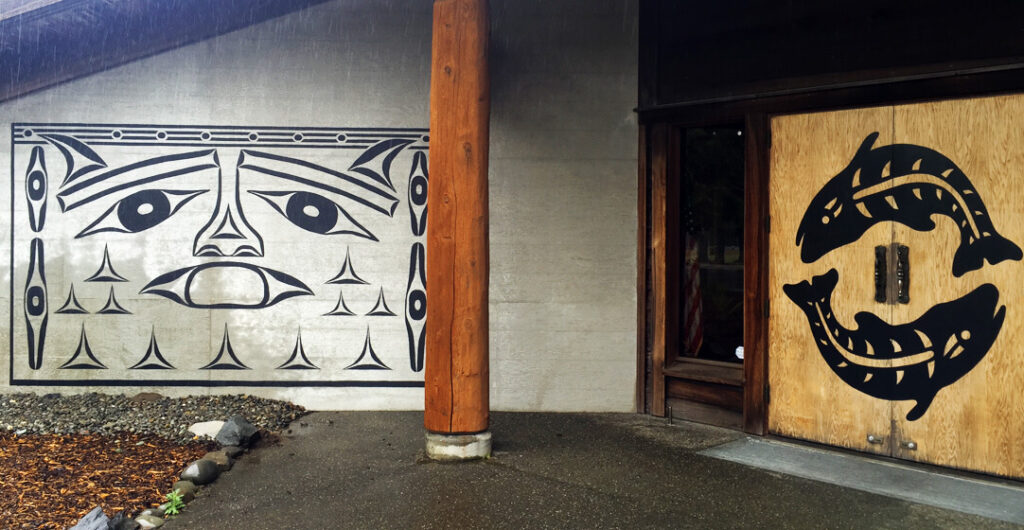
Makah Cultural and Research Center
In 1970, a fierce storm partially unearthed an archeological site in the Makah homelands, known as the Ozette houses. A landslide buried and preserved an entire longhouse as a time capsule that now offers a glimpse into daily life in a Makah village as it was more than 300 years ago. Exposure to the elements necessitated excavation of the site to protect it from being entirely lost.
The Makah have accepted the recovery of some 55,000 Ozette artifacts recovered from six beachside cedar houses as a gift from the ancestors and an extraordinary opportunity to know the richness of their past. The tribe has graciously opened the collection to the public on the Olympic Peninsula in Neah Bay, saying: “At Ozette, endings have become beginnings. From Ozette comes new understanding.” The museum houses an extraordinary collection and offers visitors a truly immersive and enlightening experience.
Hibulb Cultural Center and Natural History Preserve
Less than an hour north of Seattle, The Hibulb Cultural Center and Natural History Preserve preserves and showcases the Tulalip tribal culture and history through exhibits, classes and workshops. It is the first tribal collection and research repository to be certified in Washington state.
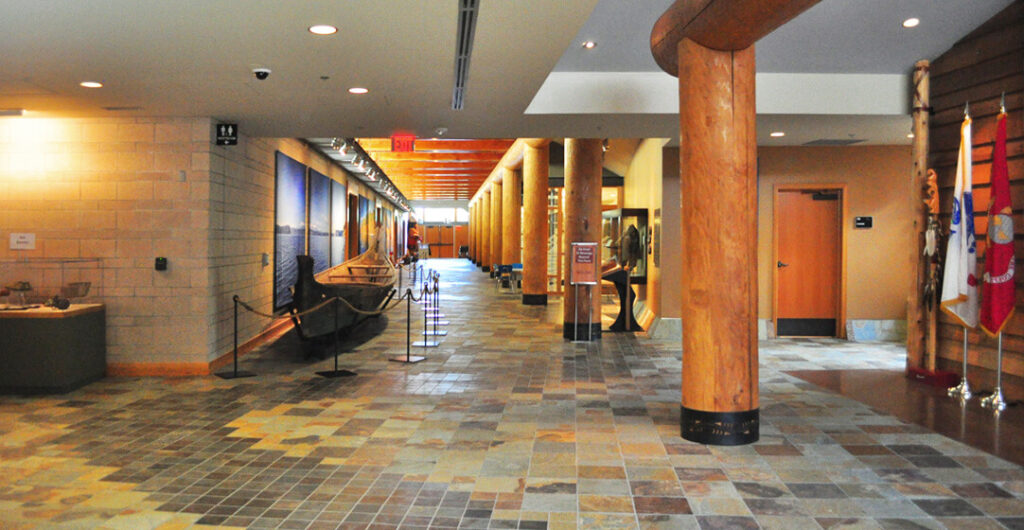
The 23,000-square-foot facility lies within a 50-acre natural history preserve. The permanent gallery provides a historic overview over the bands that make up the Tulalip Tribes, and a special gallery is reserved for rotating exhibits. It also boasts a longhouse. Like much Indigenous art, the longhouse is simultaneously beautiful and functional. When there are no activities in the space, it serves as an interactive exhibit where you can view documentary footage and experience longhouse architecture from the inside. Check their website for a calendar of events.
Wanapum Heritage Center
The Wanapum Heritage Center is a picturesque building situated along the shimmering waters of Chiawana (the Columbia River) east of Yakima in central Washington. The Wanapum people honor the river and identify as caretakers of the land with a responsibility to pass on the spirit of stewardship of the natural world to the next generation.
In answer to this responsibility, the Wanapum Heritage Center beautifully displays Wanapum teachings, values and history. Visitors will read and see many items in a 50,000-square-foot facility with 10,000 square feet of permanent exhibit space that evoke powerful emotional responses. However, perhaps the most moving exhibit is the gallery dedicated to “Wanapum children … and the ones still yet to come.”
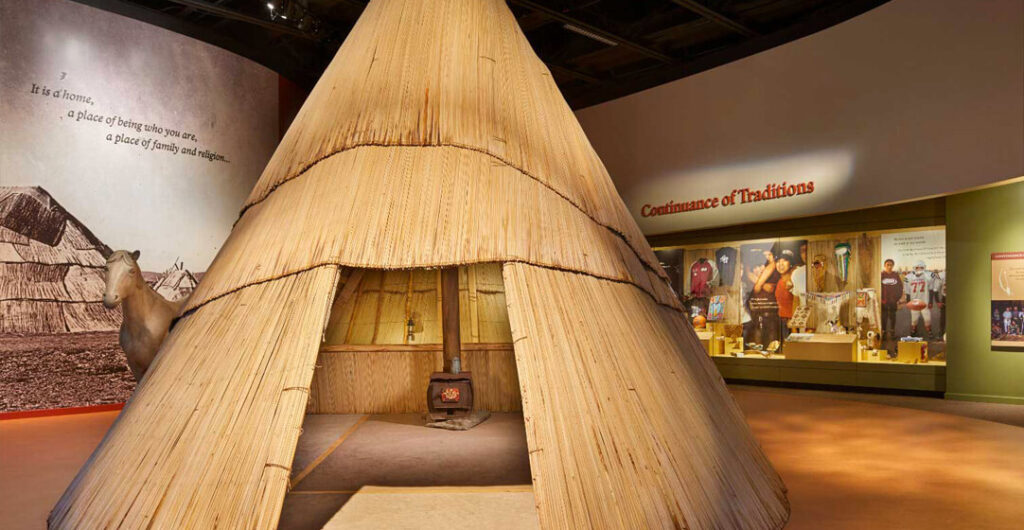
When you turn the corner into the gallery, a wall-to-wall window allows you to take in the full glory of the landscape and the glittering river. It’s breathtakingly beautiful; so beautiful that you come to a deeper understanding of why the Wanapum so cherish this place.
Daybreak Star Indian Cultural Center
Located in Seattle’s Discovery Park (the former U.S. Army post Fort Lawton), Daybreak Star Indian Cultural Center was repatriated to Native American uses in the 1970s by way of a nonviolent takeover after the base was declared surplus by the Department of Defense. The 20-acre site houses the United Tribes of All Indians and is also home to a radio station, an event and conference center, a permanent art collection and a gift shop. Several community activities are offered throughout the year, including the annual Seafair Indian Days Powwow in July and an Indigenous Peoples Day celebration in October.
University and College Collections
Though they are not technically tribal heritage centers, two places of note include the Burke Museum on the University of Washington campus and the Vine Deloria Jr. Special Collection housed in the Northwest Indian College Library. The Burke Museum maintains an unrivaled collection of Indigenous art, and the Vine Deloria Jr. Special Collection consists of more than 3,000 titles from Deloria Jr.’s personal library, including oddities, rare books and ephemera. Both collections are regional treasures.
I hope you’ll take the opportunity to visit one or several of these heritage centers and experience all they have to offer. Before you go, call to check the hours of operation and cost of admission. Also, be sure to honor all posted guidelines, such as restrictions on photography or cell phone usage. May your visit be memorable, insightful and inspiring. Hoykweche!
—Written by Rena Priest.
—Top photo is of totems outside the Jamestown S’Klallam Art Gallery. Photo courtesy of olympicpeninsula.org
Rena Priest is a member of the Lhaq’temish (Lummi) Nation and the incumbent Washington State Poet Laureate.

Road Trip Tips
Before you go: Get ready for your road trip with a AAA Membership. Get peace-of-mind on the road plus travel and insurance services and much more.
Save on hotels and rental cars: Unlock savings on hotels with a AAA membership. Plus, AAA members save up to 20% with Hertz.
Save on car insurance: AAA members save up to 8% on car insurance.
Get battery service: AAA Mobile Battery Service uses state-of-the-art technology to accurately diagnose battery-related problems. We’ll even replace your battery with a brand-new one if necessary, at a special member price.
Save with AAA member discounts: AAA membership gives you access to exclusive entertainment discounts nationwide.









